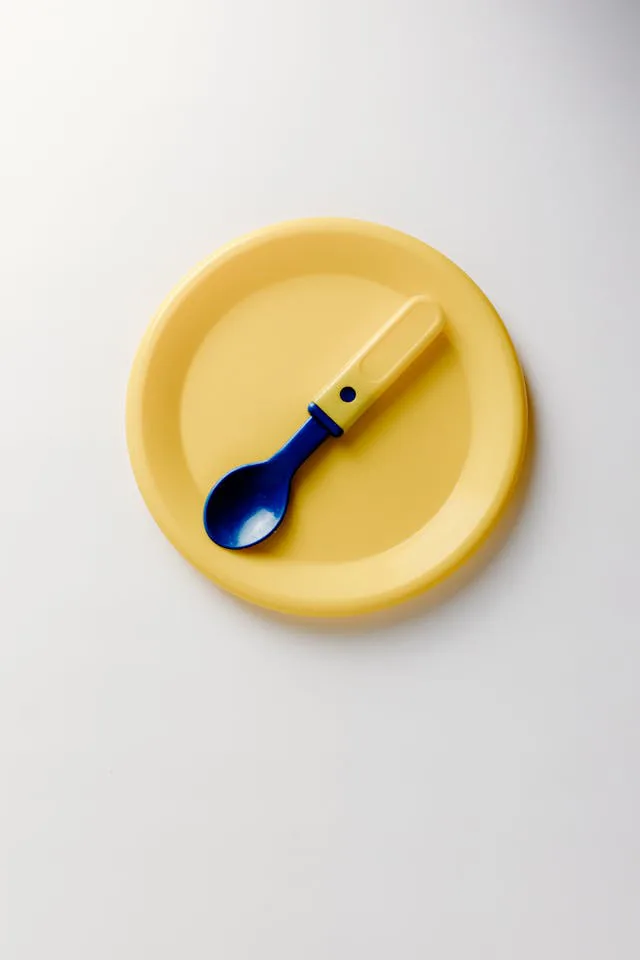
Any idea about the baby food chart?
Starting solids for a toddler is both an amazing and challenging task. I still remember Hithesh’s first weaning — the way he responded to his very first oyaku bite. Oyaku, in Japanese, means rice porridge.
Since then, I’ve been handling his meals with special care and attention. If you’d love to see, the chart I’ve been following for him is below. This chart is something I prepared just as a format or structure — mostly to save time.
In the very beginning, I used to spend a considerable amount of time in the kitchen, trying to figure out what to offer him. Without realising it, I was losing precious time, and sometimes I even missed keeping the meals balanced. Gradually, I got used to this basic table — it serves as a simple guide and a reminder to help me maintain balance in the meals I prepare for my little boy. So, that is how my food chart came in to life.

This table would be quite different and more varied if I were in Sri Lanka, because there we have such a wide variety of fruits and vegetables available throughout the year. However, I still feel satisfied and content, because the meals I offer throughout the day are balanced — and most of the time, he’s happy with them.

Apart from that, I also give him kurakkan kenda, a Sri Lankan porridge-like drink, which is one of his favorites. During the last couple of days, he had a fever, cold, and cough, so at such times, all the food plans go in vain. But to keep him hydrated, I relied mainly on fluids. Kurakkan keda, traditional Sri Lankan keda, and soup were my life savings.
General Routine
- Meals: 3 per day (breakfast, lunch, dinner)
- Milk feeds: 5–6 times daily
- Textures: Soft, mashed, or finely chopped
- Drinks: A few sips of water with meals
- Avoid: Honey, salt, added sugar, sticky or hard foods
Notes from My Kitchen
- I keep everything soft enough to mash with a spoon or baby fork.
- Batch-cooking okayu and freezing small portions in ice cube trays has saved me countless times.
- Fresh produce in Japan, especially seasonal pumpkin and sweet potatoes, makes baby food naturally sweet and nourishing.

Final Thoughts
Every baby’s journey with food is different — some days my little one eats with excitement, and others, only a few bites. That’s totally okay. What matters is building positive experiences around food and introducing a variety of flavors and textures at this stage.
Do you follow a food chart for your baby? How about your toddler’s food experience?




